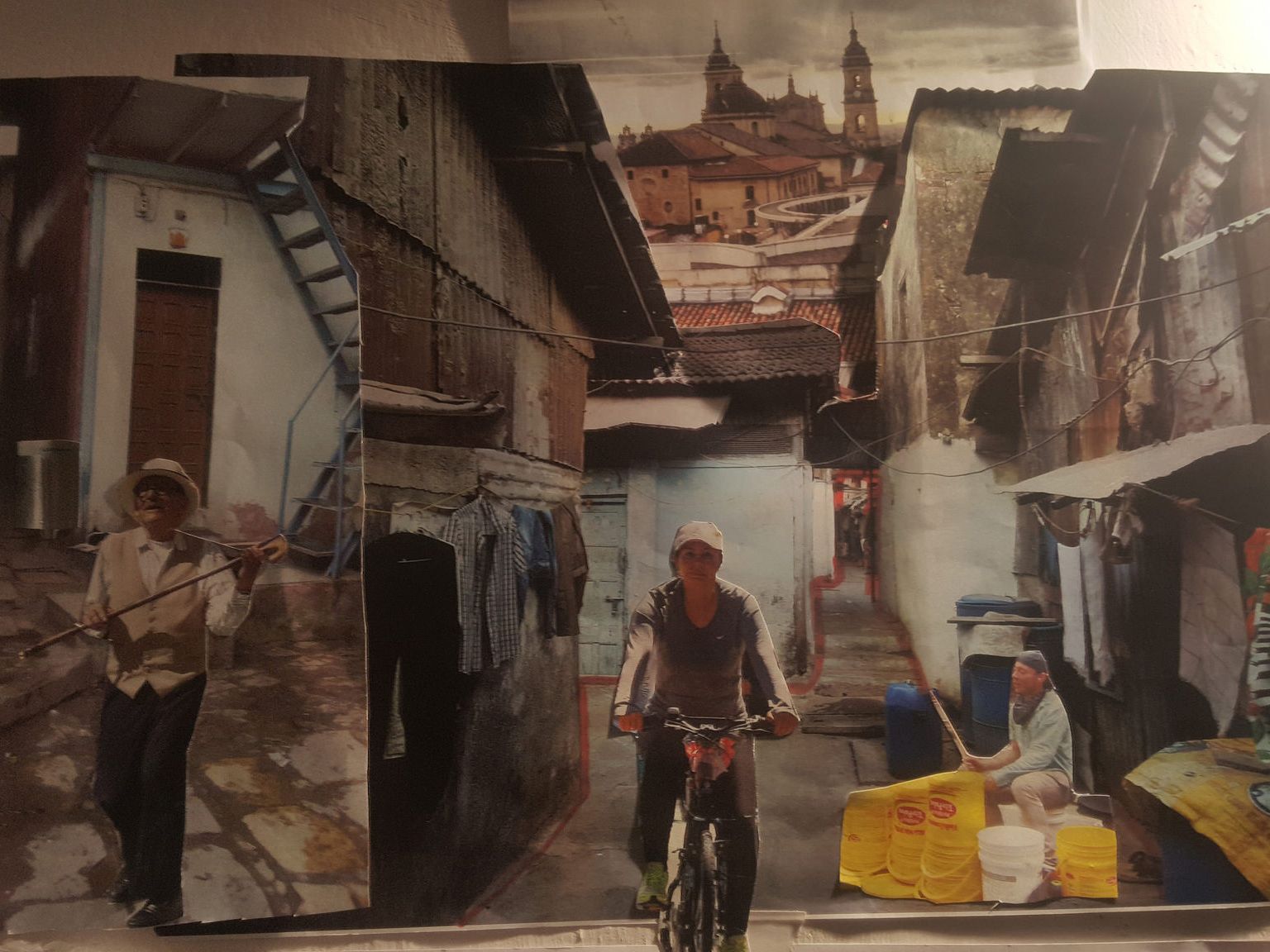Infusing and Confusing India's Urbanness

Infusing and Confusing India's Urbanness
The Absolut vodka infusion lab also doubled up as the site for our URBZ workshop on exploring the idea of urban systems at the Unbox Festival 2013, Delhi. The spirit of infusion was definitely the flavour of the event. The theme of the session (explained here and here) invited participants to represent the concept through a map in which visual representations were infused by their own personal connect with the concept. As we went on drawing an inter-subjective map of India’s circular and mashed up urbanism, we constantly reminded ourselves of the words of our friend and mentor Yehuda Safran. Confusion is not a bad thing. It means “with – fusion” – it is a coming together of everything and thus the most fertile state of mind. It is a necessary condition of collaborative and creative work.
What began as a regular jostling and tugging of the idea in a brainstorm soon took off as an imaginative exercise that encouraged creative and personal readings of the concept and the making of its visual expressions. As the blank charts were slowly inscribed by dreamy landscapes, thoughts, fantasies, images, – a jigsaw puzzle began to unfold in reverse. The participants collectively produced a map that invited more readings by others who came to see what was going on. Their raised eyebrows soon relaxed into smiles as they began making kinship with the concept. The freshly drawn images and cut out collages spurred on more queries and personal anecdotes. Eventually the dense map was accompanied by an equally dense collection of meanings, stories and interpretations.
The man selling whipped cream soufflé, a specialty of a particular eating joint in old Delhi with roots in Lucknow made his own connect. His curiosity was piqued by the copious amounts of cream being consumed by a few members of our group. When the idea of the urban system was clarified – he said that it described the story of his life. Every year he spent six months in his village near Lucknow, working on his family land and the remaining six months in the old Delhi restaurant. He traveled by train to and fro and saw himself as connected to both places – with home still being his village of origin – no matter how terrible the conditions. Two glamorously dressed ladies from the upper echelons of Delhi society gave us a long lecture on how they have to deal with great commutes from villages to the city when their drivers and domestic help vanish for long stretches of time. However, they reminded us – they themselves are connected to their villages and periodically go there to visit relatives. One of them lived in Canada, but no voyage to India was complete unless the mandatory trip to the village had been made.
For every story that celebrates an escape from the feudal clutches of caste and the conservative grip of clan that still thrive in Indian villages, there is another of a continued linkage to it – through shrine, ancestor and family which keeps relationships strong. Our more urbane participants could see the continued presence in Delhi of absorbed villages as a part of the same story – however, as the day progressed, and more people joined the conservation, it became increasingly apparent that the world beyond the city was not as hazy as imagined. At least not for a very large proportion of people who inhabit Indian cities, and continue making their lives by depending on both, their villages or other towns they are connected to.
Two visiting scholar activists who had left the comfort of their homes in Europe with plans to stay in a remote Indian village in Uttar Pradesh were excited to explore the concept that actually reduced the sense of remoteness of their destination. The fact that a large chunk of taxi drivers of Mumbai keep going back and forth, from that district (Azamgarh) to the metropolis, traversing hundreds of railway miles each way, surprised and excited them. That the relationship between those two places was active – the district continues to supply a fresh stock of young (sometimes suspiciously young) drivers to the Mumbai cab service seemed intriguing.
The theme of the workshop had a fitting conclusion when the last day was topped up by an invitation to a party in one of Delhis famous farmhouses. As one traversed miles of agricultural land, then found oneself in an oasis of sophisticated interiors, landscaped gardens and urbane conversations laced by vodka, the tragic-comical side of the concept also became apparent. Especially since the car-only guests vanished leaving behind public transport dependent visitors to make their way through the rural innards of the urban system that surrounds and makes up Delhi inside out, round and about. It was a relief to see the blue of the metro far away on the horizon.











